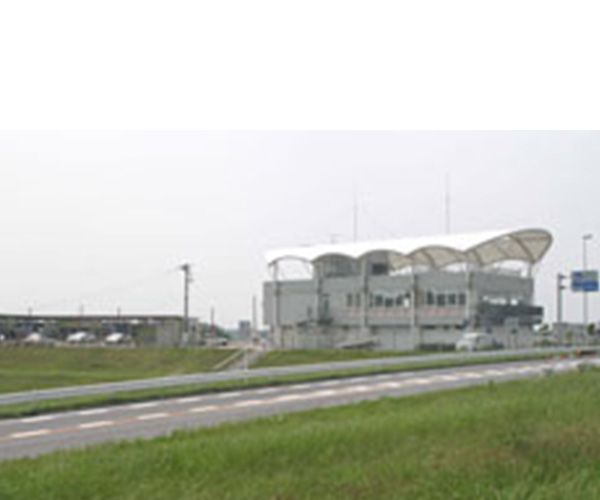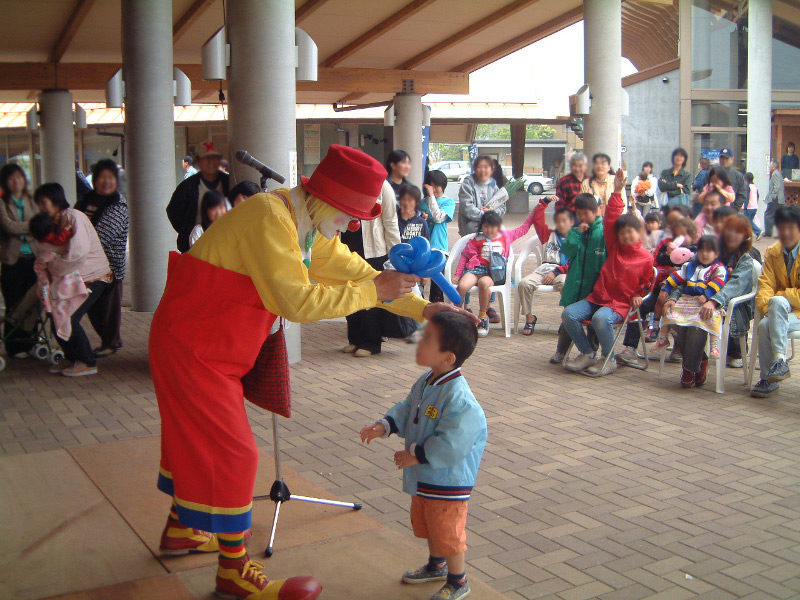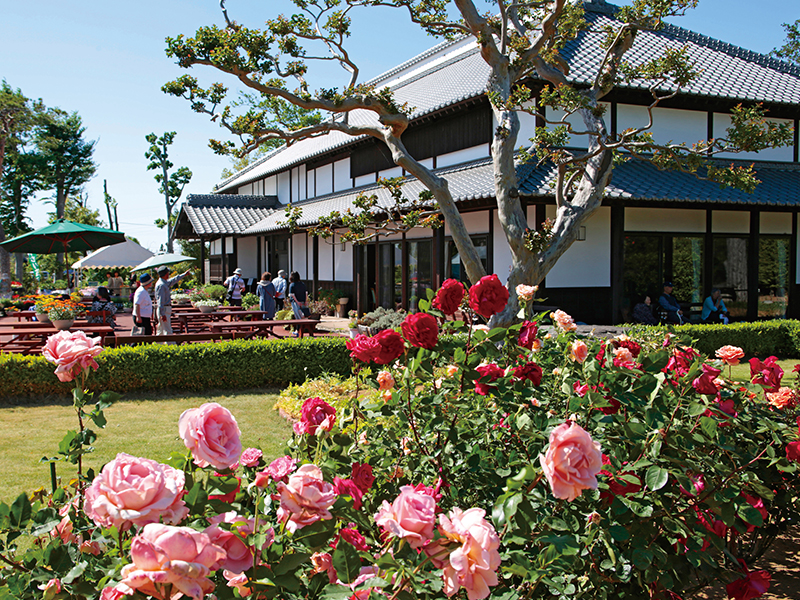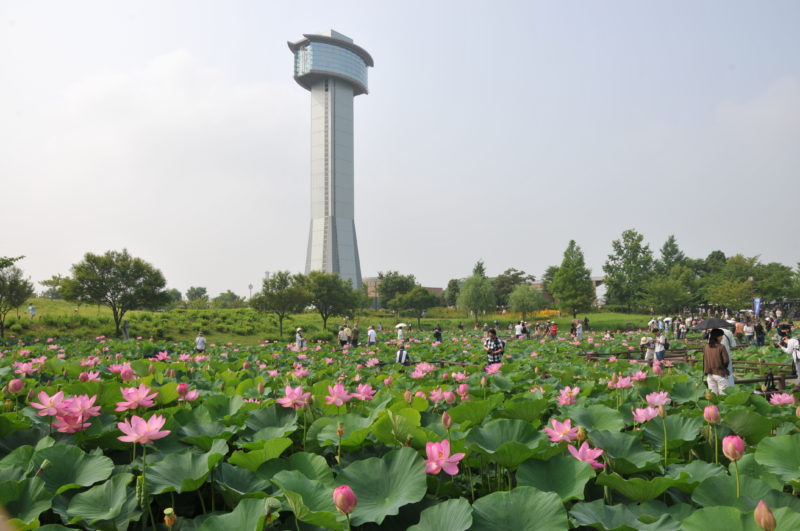Roadside Station Kazo-Watarase
restaurant

A roadside station with a full view of Watarase-yusuichi (a vast wetland and vibrant wildlife habitat). There is a facility selling products such as Koshihikari brand rice, grown on the fertile land of Kitakawabe area, and fresh local vegetables such as the Momotarō tomato. The richly flavored handmade soba available at the farm restaurant is also very popular, with many repeat customers. This new attraction is very unique to Japan as it straddles three prefectures, resulting in the roadside station being responsible for its overall promotion.
Basic Information
Location
1737,Onofukuro,Kazo City
TEL
0280-62-5555 (Facility for products sales) 0280-61-2299 (Sports amusement center)
Business hours / Fee
Regular holiday
Sports Study Away Hall Monday (however open on holidays), the day following the holiday of operation, New Year's Holiday Sales Facility of Produce The first and second day of the New Year Dining Area The first and second day of the New Year
How to get there
Public transport
Get off at “Yagyū Station” of the Tobu-Nikko Line and it is about a 10 minute walk from there.
Car
30 minutes from Kazo Interchange of Tohoku Expressway
Parking
Free:
Fee: None
Fee: None
Universal design
Multipurpose toilet
〇
Wheelchair parking
〇




